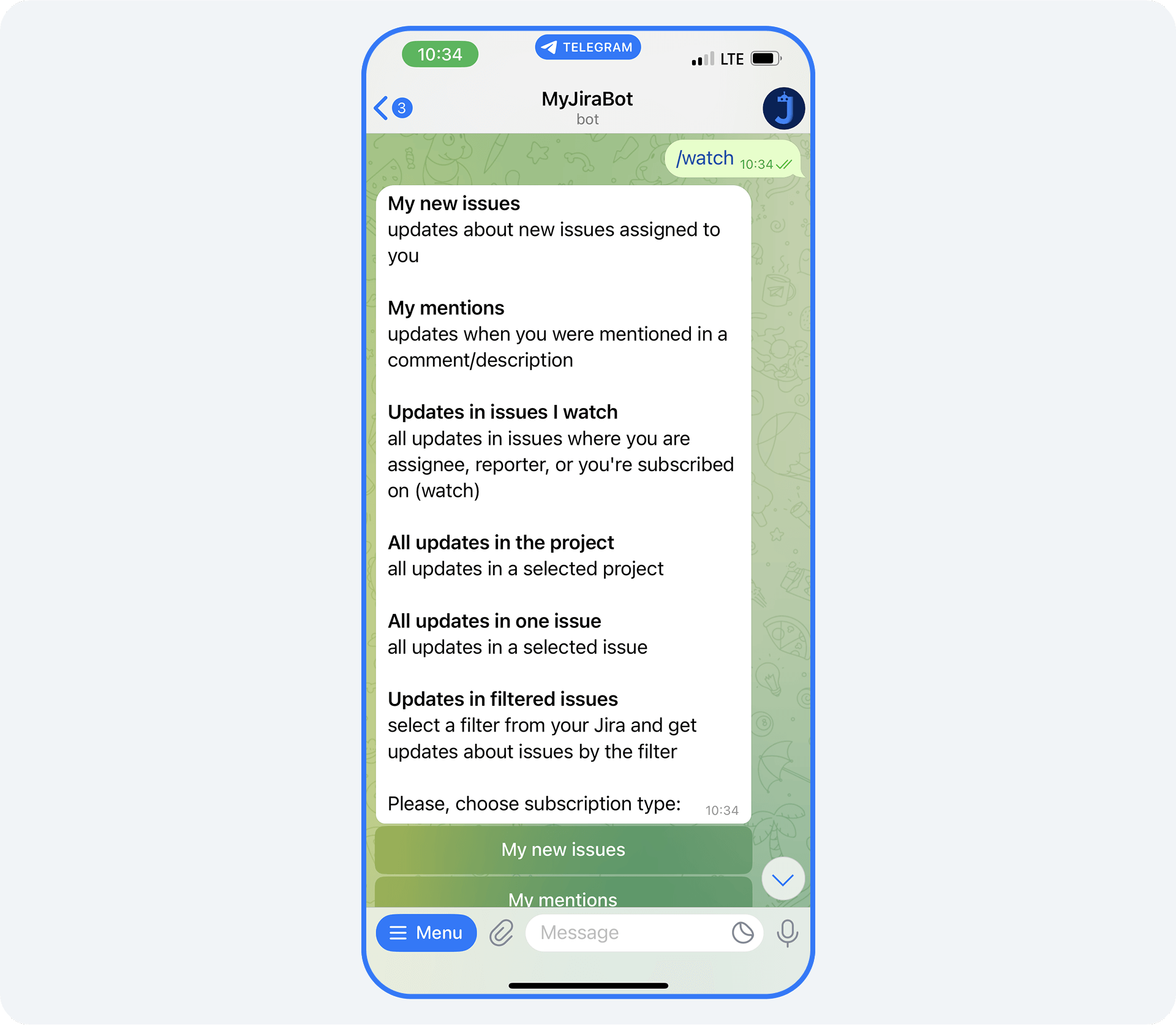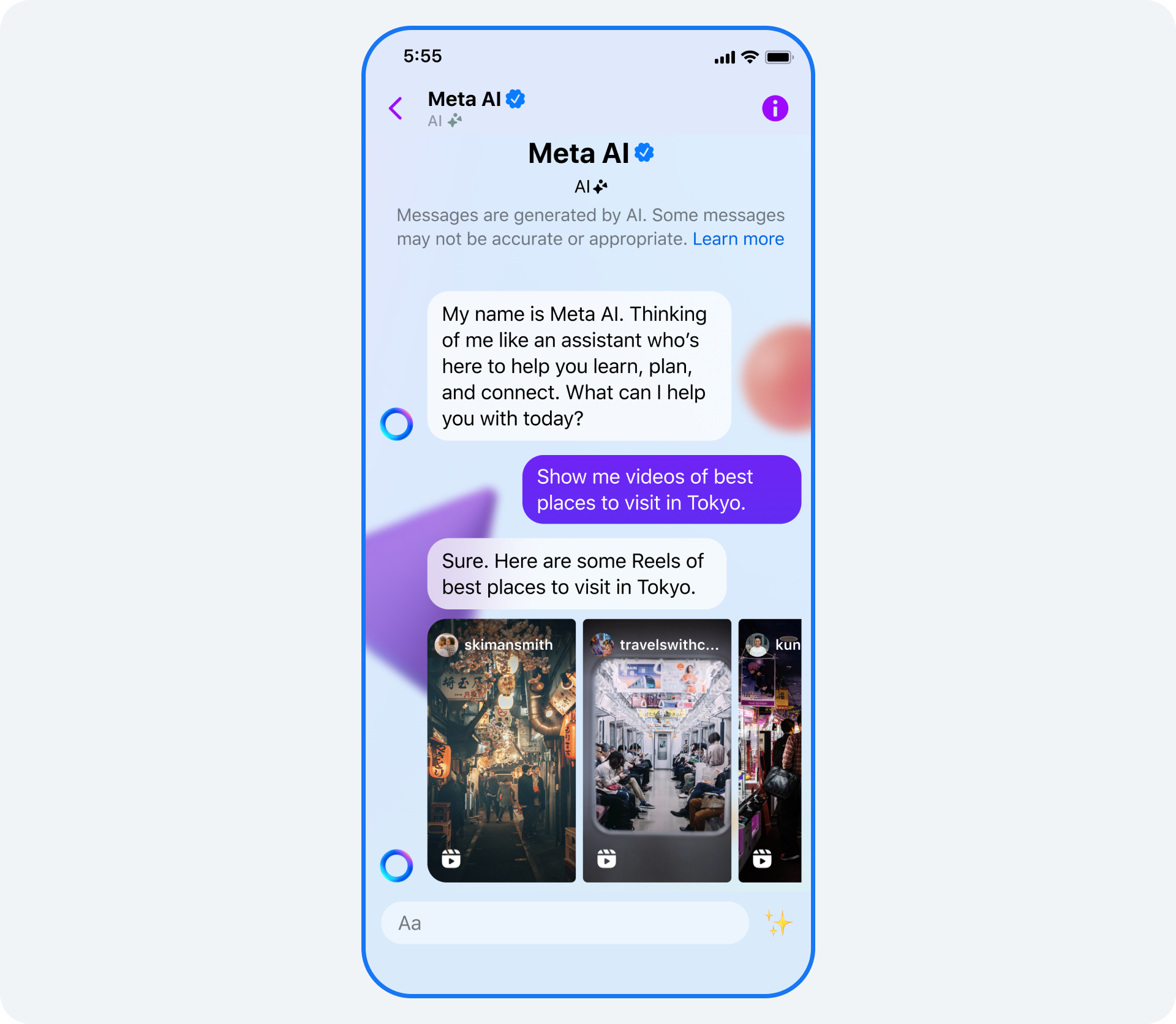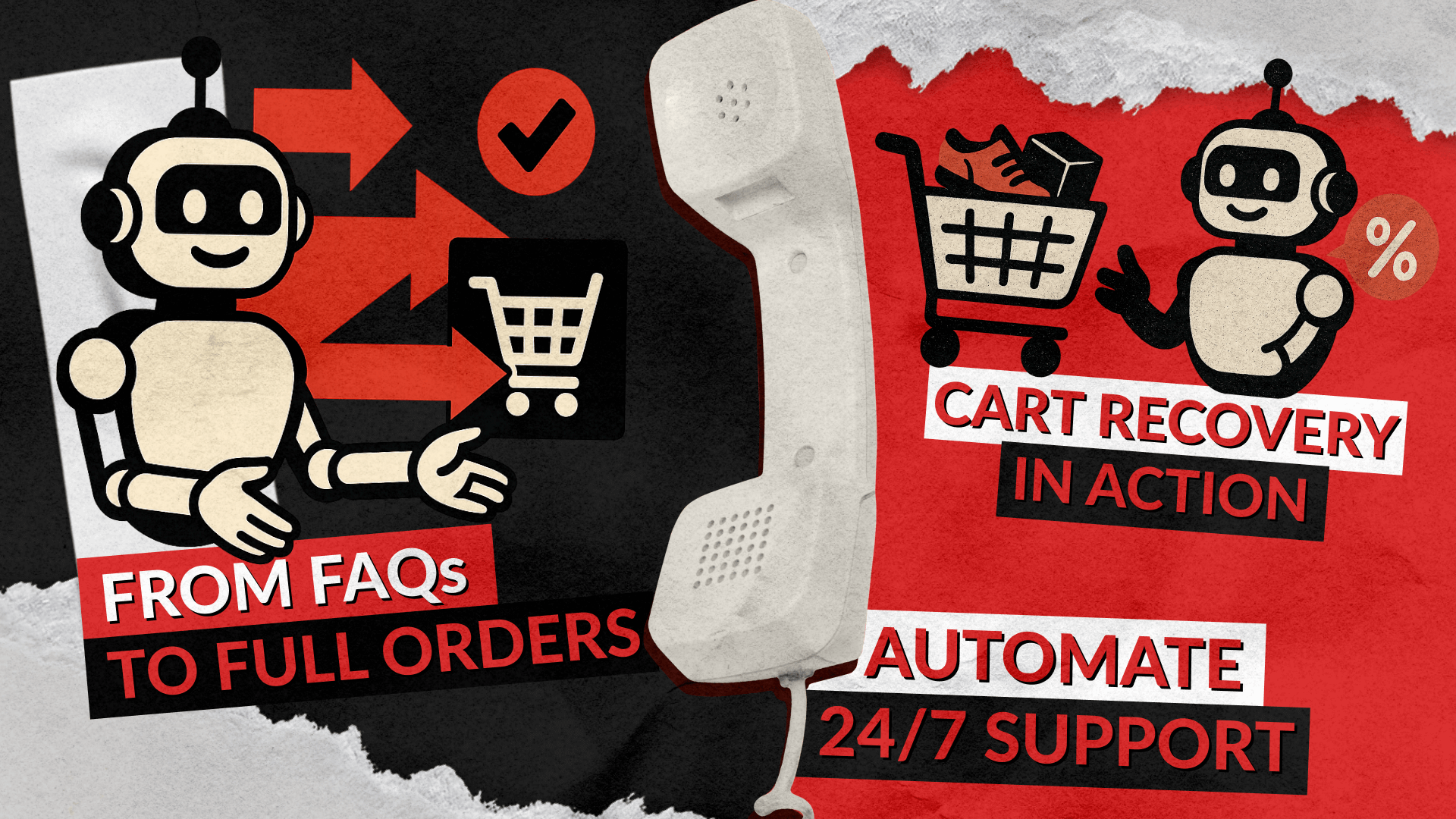E-commerce businesses face a constant challenge: how to scale customer service while keeping support costs low and delivering personalized experiences. AI chatbots for customer service bridge this gap with 24/7 assistance, instant replies, and the ability to handle thousands of conversations simultaneously.
But what is a chatbot, and how does it work in e-commerce? Let’s explore how AI chatbots are changing the way online stores operate—and what it takes to implement one effectively.
What Is an AI Chatbot and How Does It Work?
Chatbot technology varies significantly, from simple rule-based systems to sophisticated AI-driven models, each with distinct characteristics, capabilities, and best use cases.
Menu-Based and Rule-Based Chatbots
Menu-based chatbots are the most basic, operating like decision trees where users interact by clicking on predefined options from a scripted menu. Rule-based chatbots build upon this by employing conditional “if-then” logic and basic keyword detection to provide predefined answers. They are relatively easy to train for common, predicted questions. At Redwerk, we’ve developed MyJiraBot. This rule-based Telegram bot allows users to instantly retrieve critical Jira updates.

AI-Powered and Generative AI Chatbots
An AI chatbot is a conversational software agent that mimics human communication using natural language processing (NLP), machine learning (ML), and predefined decision trees. Unlike rule-based bots, AI chatbots for e-commerce continuously learn from user interactions to improve responses, automate common tasks, and even make personalized product suggestions.
Generative AI chatbots, leveraging advanced Large Language Models (LLMs), represent the forefront of conversational technology, creating new, human-like text in real-time. Businesses can use LLM development services to build custom chatbots that better understand their users and provide more accurate responses.

Voice Сhatbots
Voice chatbots are an advancement from text-based systems, integrated into virtual assistants like Amazon’s Alexa or Google Assistant. They allow users to interact using spoken language, combining speech recognition, NLU, and text-to-speech technologies for hands-free interaction.
Hybrid Chatbots
Hybrid chatbots integrate features from multiple chatbot types, often combining rule-based logic with AI capabilities. This allows them to manage straightforward queries through defined triggers while shifting to an AI-powered approach for more complex questions.
Menu-based
Structured decision-tree flows
Simple FAQs
Simple to create and implement
Rigid structure, struggles with nuanced requests
Rule-based
“If-then” logic, predefined answers
Technical troubleshooting, repetitive scenarios
Reliable, accurate for predefined rules
Struggles with complex/unpredicted queries
AI-powered
Dynamically interprets intent, learns over time
Personalized shopping assistants
Understands complex/ambiguous inputs
Requires significant data and budget for advanced ML, complex setup and ongoing training
Generative AI
Creates new text in real-time
Interactive customer support
Highly human-like dialogue, broad range of topics
High resource demand; potential for generating incorrect or biased information
Voice
Speech recognition, NLU, text-to-speech
On-the-go users, phone-based customer support
Convenient, natural interaction for spoken queries
Potential for misinterpretation of accents/noise
Hybrid
Combines rule-based logic with AI capabilities
Wide array of inquiries
Best of both worlds, versatile, balances control and complexity handling
Can be more complex to design and manage due to combining different systems
At Redwerk, we’ve been providing AI development services since 2015, building intelligent software that drives real business outcomes—from personalized recommendations to customer support chatbots for e-commerce.
E-commerce chatbots answer order inquiries, assist in product discovery, recover abandoned carts, or collect feedback—all without human intervention.
Benefits of AI Chatbots in E-Commerce
AI has changed e-commerce in multiple ways, with AI chatbots making the most drastic impact. Here’s how e-commerce businesses benefit:
- Increased Sales Conversion: Chatbots initiate real-time product recommendations based on browsing behavior, improving upsells and cross-sells.
- Lower Support Costs: One AI chatbot can handle thousands of customer queries at once, reducing the need for large support teams.
- 24/7 Availability: Unlike human agents, bots don’t sleep. Shoppers get answers instantly—even at 3 AM.
- Personalized Experiences: By analyzing purchase history and preferences, bots tailor suggestions and responses to each individual.
- Scalability: Whether it’s Black Friday or a product launch, bots manage traffic surges without extra hiring.
E-Commerce Chatbot Use Cases
Here’s where chatbots in e-commerce really shine:
- Product Discovery: Chatbots guide users through product selection with interactive questions and visual carousels, reducing search fatigue.
- Cart Recovery: Bots trigger when a user leaves items in their cart, offering reminders or discounts to encourage them to complete their checkout.
- Order Tracking: AI bots fetch shipping status via order numbers, removing friction from post-purchase support.
- Returns and Refunds: Streamline the return process with guided flows that prequalify refund conditions and generate return labels.
- FAQ Automation: Answer repetitive questions like “Where’s my order?” or “Do you ship internationally?” with instant, consistent replies.
- Loyalty Program Management: Bots can explain loyalty tiers, points balance, and how to redeem rewards directly in the chat.
- Live Agent Handoff: For complex queries, bots identify intent and transfer the conversation—seamlessly—to a human agent.
E-Commerce Chatbot Examples That Work
Brands using e-commerce chatbots report significant ROI:
- Sephora: Offers shade-matching and product suggestions via chat.
- H&M: Uses bots to recommend outfits based on user preferences.
- eBay: Leverages AI for predictive search and bidding assistance.
- Domino’s: Accepts full orders through conversational bots on Messenger.
- Rage Coffee: Implemented an AI chatbot to reduce support load and saw a 20% increase in customer satisfaction scores.
- Wow Skin Science: Used LimeChat to improve conversion by 23% through contextual nudges and product discovery bots.
- Beyoung: Leveraged an AI chatbot to reduce cart abandonment and achieved a 10x ROI within months of launch.
These aren’t just marketing gimmicks—they’re tested, scalable customer service channels.
Do Chatbots Increase Sales?
Yes. A recent study by Glassix found that websites using AI chatbots saw a 23% increase in conversion rates compared to those that didn’t.
Calculating ROI of E-Commerce Chatbots
ROI = (Annual Financial Benefits + Monetized CX Benefits – Total Costs) ÷ Total Costs × 100 (%)
Components:
- Annual Financial Benefits: Savings from reduced labor costs, increased sales, etc
- Monetized Customer Experience (CX) Benefits: Financial value assigned to improvements in customer satisfaction and retention
- Total Costs: Includes development, maintenance, training, and integration expenses
Example:
A business invests $25,000 in a chatbot, which generates $62,000 in benefits over a year.
$40,000 (Agent cost savings) + $5,000 (Increased revenue) + $17,000 (Value from reduced churn) = $62,000
ROI = (62,000 – 25,000) ÷ 25,000 × 100 (%) = 148%
Combined with targeted campaigns and smart automation, e-commerce chatbots don’t just reduce costs—they drive revenue.
How to Build an E-Сommerce Chatbot
Building a bot involves several steps:
- Define Objectives: Is your chatbot for support, upselling, or lead generation?
- Choose a Platform: Tools like Dialogflow, IBM Watson, or ManyChat support e-commerce use cases. For more advanced needs, LLM-powered platforms such as OpenAI’s GPT-based tools or Google Vertex AI enable contextual and personalized interactions at scale, making them ideal for enterprise-grade e-commerce deployments.
- Design Conversational Flows: Utilize real transcripts to simulate user interactions.
- Integrate with Systems: Sync with inventory, CRMs, and payment systems.
- Test and Train: Continuously improve based on real conversations and performance data.
For best results, partner with a trusted e-commerce development company experienced in AI chatbot algorithms and custom integration.
Implementation Tips from Redwerk
At Redwerk, we build enterprise-grade ecommerce chatbot solutions that scale. Our AI-driven systems are trained on industry-specific data, integrate seamlessly with your existing stack, and reflect your brand tone. For businesses that only need a simple FAQ bot, off-the-shelf solutions may suffice. However, if you’re evaluating whether custom development is the better long-term choice, we’ve outlined the key pros and cons in our guide on CMS vs. custom development for e-commerce.
Who Needs Custom Chatbot Development:
- Businesses with unique, complex workflows, proprietary systems, high growth expectations, or strong brand differentiation needs
- Businesses that plan for scaling and need chatbots optimized for high traffic/complex interactions
- Businesses that need to integrate with specialized, proprietary, or legacy systems
For instance, one of our retail clients experienced a 40% decrease in support tickets and a 22% increase in average order value (AOV) just six months after implementing the chatbot.
Our E-Commerce Expertise
At Redwerk, we’ve built digital commerce platforms that deliver tangible results. When Justin Alexander, a global bridal brand with over 1,500 retailers, needed a centralized multi-brand portal, our team designed and developed a single e-commerce website that combined four distinct brands. As a result, Justin Alexander expanded its digital reach and simplified content management across regions.
We also partnered with Quandoo, one of the world’s largest restaurant booking platforms, to create a mobile-friendly restaurant management system. Over 18,000 restaurants in 12 countries now use the iOS app we developed. It empowered restaurant managers with real-time data and streamlined reservation operations.
For Orderstep, a quote management and customer flow SaaS, we delivered the personal webshop feature on time, accelerating platform growth. This way, we enabled their expansion into the enterprise-level domain, resulting in over 12,000 invoices and million-dollar deals processed via the platform. Ready to add AI to your customer support stack? Get in touch to explore how Redwerk can help you.
FAQs
What are AI-driven chatbots for e-commerce customer support?
AI-driven chatbots utilize artificial intelligence to manage customer interactions in e-commerce, providing real-time support, order updates, and personalized shopping guidance.
What is a customer service chatbot?
It’s an automated assistant that utilizes scripts or AI to answer frequently asked questions (FAQs), resolve issues, and guide users through a website or product catalog.
How do AI chatbots work?
They use NLP to understand queries and ML to improve over time. They pull data from APIs and internal systems to generate relevant responses.
How much does it cost to implement an AI chatbot?
Costs vary by complexity. Simple bots can start from your own research and implementation with another AI. But for the more complex and fine-tuned version, the price tags will end up with really big digits, because the more features you need in the project, the more time it takes to implement and the more expensive it becomes.
How to build an e-commerce chatbot?
Start by identifying goals, then select a platform, build conversation flows, integrate APIs, and iterate based on usage data.
Learn how we built a unified multibrand bridal platform for Justin Alexander, consolidating 4 sites, enabling dynamic filtering, and migrating 1500+ retailer data seamlessly.



